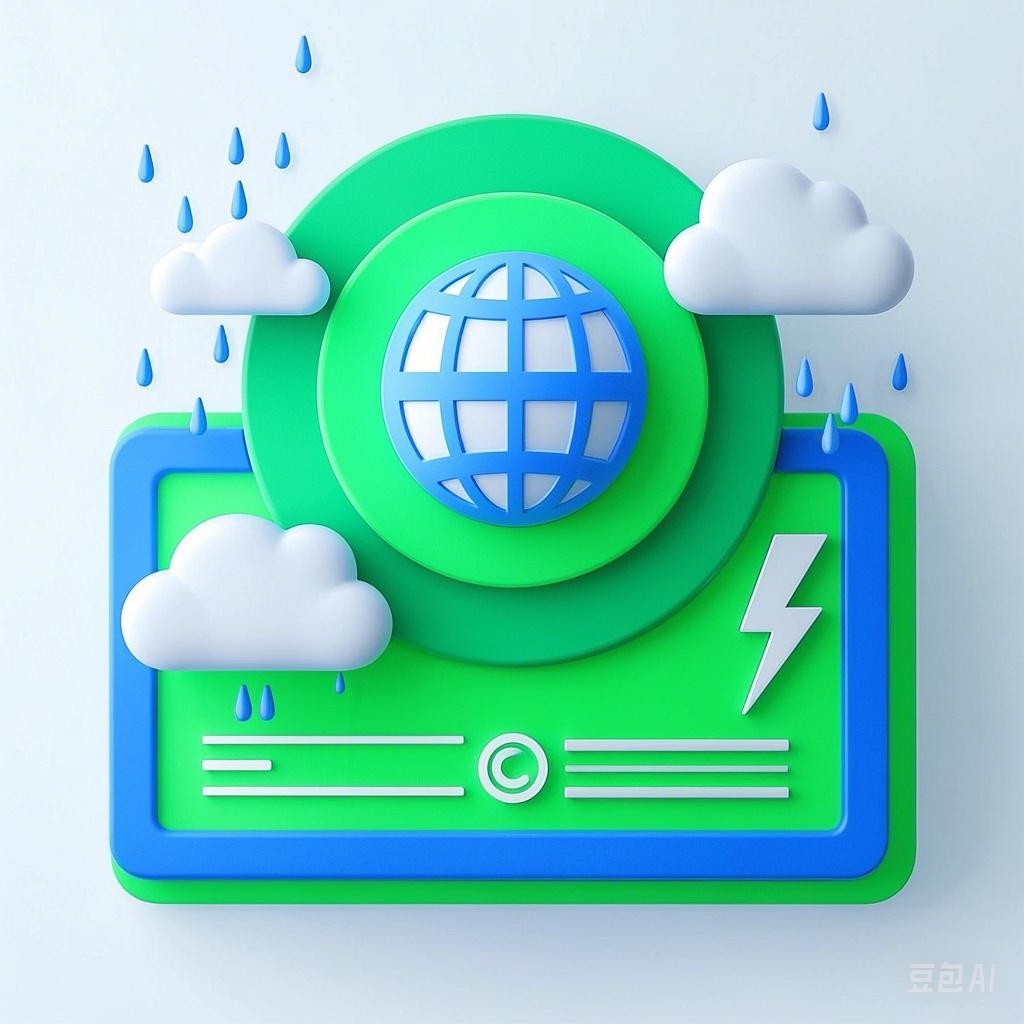Introduction
Natural disasters, such as earthquakes, hurricanes, floods, and wildfires, can strike suddenly and have devastating consequences for families. Building family resilience is essential to prepare for, respond to, and recover from these events. This guide provides practical strategies and tips to help families strengthen their resilience against natural disasters.
Understanding Natural Disasters
Types of Natural Disasters
Natural disasters can be categorized into different types, each with its own characteristics and potential impacts:
- Earthquakes: Caused by the sudden release of energy in the Earth’s crust, earthquakes can cause significant damage to buildings and infrastructure.
- Hurricanes: These are tropical cyclones that bring heavy rainfall, strong winds, and storm surges.
- Floods: Caused by excessive rainfall, melting snow, or the overflow of water bodies, floods can devastate communities.
- Wildfires: Uncontrolled fires that can spread rapidly, threatening lives, property, and ecosystems.
Impact of Natural Disasters
The impacts of natural disasters can be wide-ranging, including:
- Loss of life and injuries
- Damage to homes and property
- Disruption of utilities and communication
- Psychological distress
- Economic loss
Preparing for Natural Disasters
Create an Emergency Plan
An emergency plan is a crucial step in preparing for natural disasters. Here are some key components:
- Identify Potential Hazards: Determine which natural disasters are most likely to occur in your area.
- Meet with Your Family: Discuss the plan with all family members and assign specific roles and responsibilities.
- Develop an Evacuation Plan: Know the evacuation routes and destinations in case you need to leave your home.
- Prepare an Emergency Kit: Include essentials such as water, food, first aid supplies, flashlights, and batteries.
Build an Emergency Kit
An emergency kit should be readily accessible and contain the following items:
- Water: One gallon per person per day for at least three days, for drinking and sanitation.
- Food: Non-perishable food items that do not require cooking, for at least three days.
- First Aid Kit: Include bandages, gauze, antiseptic wipes, and other essential medical supplies.
- Flashlights and Batteries: Ensure you have enough flashlights and batteries for each family member.
- Whistle: In case you need to signal for help.
- Local Maps: To navigate if you are unable to use GPS services.
- Cell Phone Charger: Keep a portable charger or solar charger on hand.
- Personal Hygiene Items: Include toothbrushes, toothpaste, hand sanitizer, and toilet paper.
Stay Informed
Stay informed about potential natural disasters through local news, weather alerts, and official sources. Sign up for emergency alerts on your cell phone and have a battery-operated or hand-crank radio on hand.
Responding to Natural Disasters
During an Emergency
- Follow Instructions: Listen to local authorities and follow their instructions carefully.
- Evacuate if Necessary: If ordered to evacuate, do so immediately and take your emergency kit with you.
- Secure Your Home: If you have time, secure your home by turning off utilities, locking doors, and moving heavy objects away from windows.
After an Emergency
- Assess Damage: Once it is safe to do so, assess the damage to your home and property.
- Contact Insurance: Inform your insurance company of the damage as soon as possible.
- Stay Safe: Be cautious of hazards such as downed power lines, gas leaks, and structural damage.
Building Emotional Resilience
Communicate with Your Family
Open communication is key during and after a natural disaster. Encourage family members to share their fears and concerns, and offer support and reassurance.
Seek Professional Help if Needed
If you or a family member experiences significant psychological distress after a disaster, consider seeking help from mental health professionals.
Conclusion
Building family resilience against natural disasters is a proactive and ongoing process. By understanding the risks, preparing for emergencies, and staying informed, families can better respond to and recover from these challenging events. By following the practical strategies outlined in this guide, families can strengthen their resilience and ensure their safety and well-being during natural disasters.
